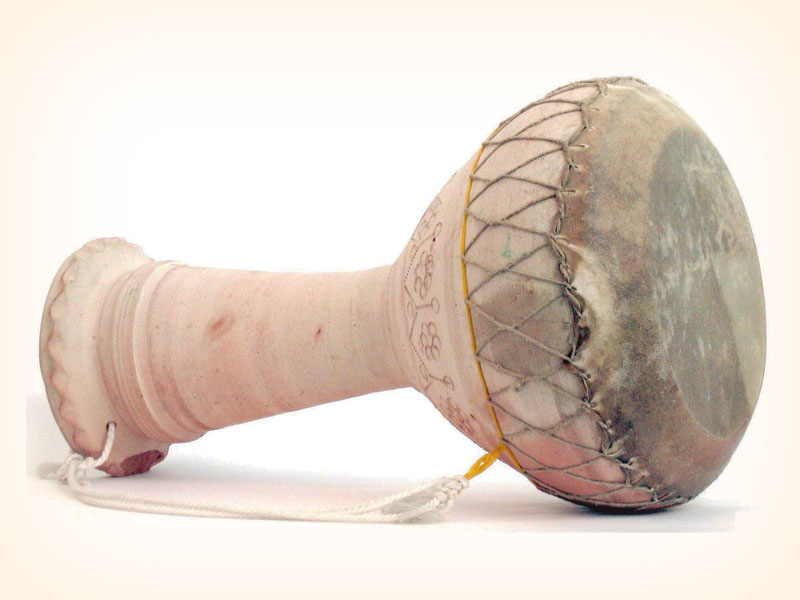Characteristics of the cadences of Tunisian folk music
Issue 28

Folk music’s characteristics reflect the soul, essence and culture of the society from which the music emerged. Since the development of research methods in musicology and the birth of ethnomusicology, researchers have attempted to shed light on folk music in an effort to preserve it.

For a long time, researchers have shown great interest in traditional lyrics, and considered them a form of expression that reflects the reality and continuity of a particular society. Recently, a group of musicians focused on folk song’s melodies and musical notes.
However, folk song’s cadences represent an independent discourse that expresses the characteristics particular to a society or culture. The aim of this article is to identify the most important characteristics of Tunisian cadences within the framework of Tunisia’s folk culture.
With this in mind, I began by identifying the instruments used, focusing on how they work together to create Tunisian melodic polyrhythmic cycles. I made it an applied rather than purely theoretical study by investigating the melodic cycle of Tunisia’s ‘Fazzani’, which is only complete when the drum and the tambourine are played simultaneously.
I then wrote about the way the drummer positions his body, because this has a significant influence on his handling of the drum. It is a posture unique to the cadences of folk songs.
I concluded this article with a discussion of drum playing. The sound produced depends on the shape of the drum, the fingers the drummer uses, and the position of the drummer’s palm. I discussed 3 playing positions – Dam, Tak and Taq – as these are the most common in Tunisian folk cadences.
Hatem Al Ammus
Tunisia







































































